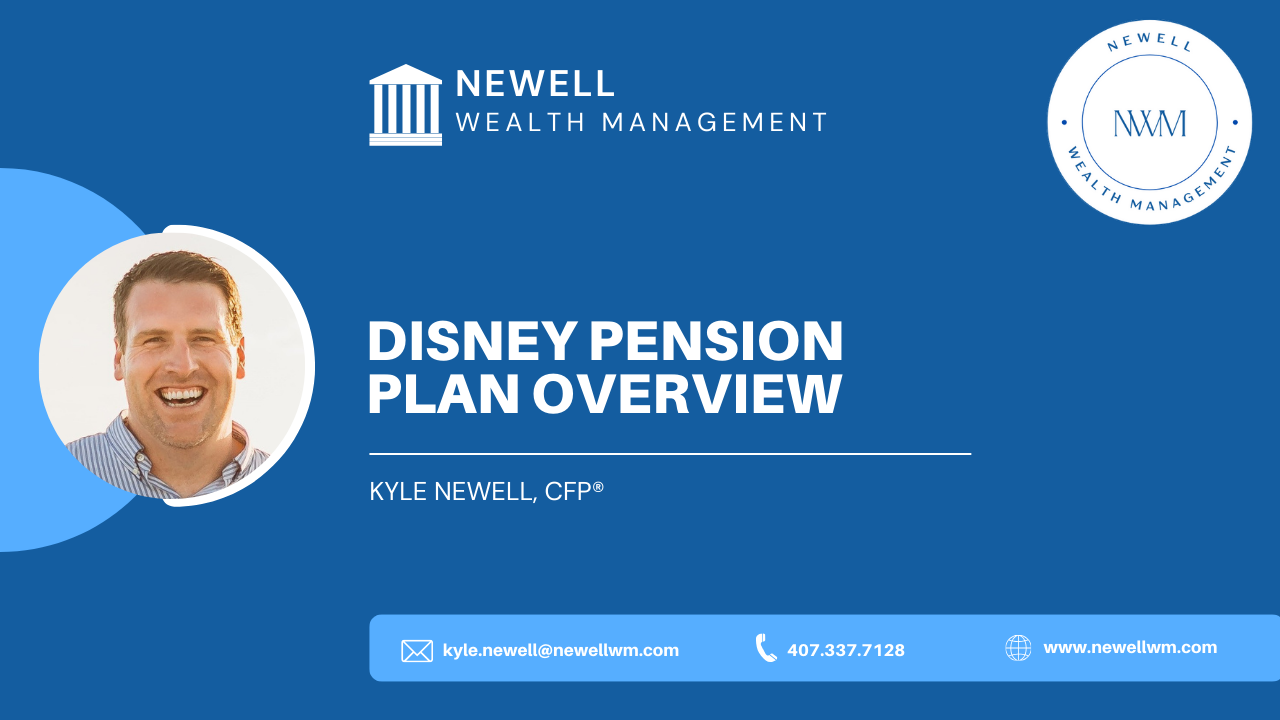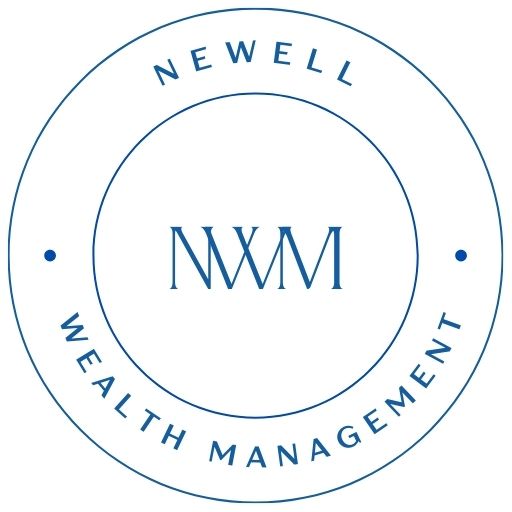Disney Pension Plan Overview: 5 Key Things to Know

As a Walt Disney Company employee, you might be surprised to learn that you could have access to a pension plan. This valuable benefit can play a crucial role in your retirement strategy. Let’s dive into the five essential aspects of the Disney pension plan to help you make informed decisions about your financial future.
1. Eligibility: Are You Qualified for the Pension Plan?
The Walt Disney Company’s pension plan has been around for a long time and has evolved over time. This evolution has resulted in two distinct types of plans based on when you started working for the company. The type of plan one is offered also depends on if one is a salaried or hourly cast member. The following pertains to salaried cast members mostly. Hourly cast members may still find some of the information helpful if they do have access to a pension benefit.
Traditional Disney Pension Plan
For employees hired before 2012, there’s the Traditional Disney Pension Plan. This plan offers a guaranteed monthly income for life upon retirement. When people hear the word pension, they think of this type of plan. It provides a certain amount of income for the remainder of your life based on various formulas and calculations.
Disney Retirement Savings Plan (DRSP)
It’s often misquoted that after 2012, The Walt Disney Company got rid of their pension plan. The fact is that they simply changed the type of pension plan they offer. So, if you joined the company after 2012, you’re likely part of the Disney Retirement Savings Plan (DRSP). This plan is a cash-balance pension plan.
The DRSP differs in that rather than guaranteeing your monthly income; the company guarantees your contribution amount to the plan without you contributing any dollars. The contribution amount is based on your age, years of service, and other calculations. It ranges between 3% and 9% of your compensation.
How to Check Eligibility
It’s worth noting that these plans are typically available to salaried employees only. Hourly workers and union members may have different retirement benefits, so checking your specific situation is essential.
To verify your eligibility, follow these steps:
- 1. Log into the Disney benefits site (Fidelity NetBenefits as of October 2024)
- 2. Look for your pension information
- Traditional Plan: You’ll see a monthly benefit amount
- DRSP: You’ll find a total dollar amount separate from your 401(k)
Remember, the Disney 401(k), also known as the Disney Savings and Investment Plan (SIP), is a separate retirement benefit from the pension plan.

2. Understanding How It Works
The two pension plans operate quite differently. Here is a high-level look at each.
Traditional Disney Pension Plan:
The traditional plan provides a guaranteed monthly income for life upon retirement. Your benefit amount is calculated based on factors such as:
- Years of service with the company
- Your compensation history, including bonuses
Disney Retirement Savings Plan (DRSP):
This is a cash-balance pension plan where the company contributes a percentage of your compensation annually.
- Contribution ranges from 3% to 9%
- The exact percentage is determined by your age and years of service
- You don’t need to contribute any of your own money to receive this benefit
The company takes on less risk with this plan as the investment responsibility shifts to the employee.
3. Claiming Your Pension
How you claim your pension depends on which plan you’re participating in.
For the Traditional Disney Pension Plan:
- The maximum benefit is typically available when you reach age 65 unless you continue to work and contribute afterward
- Early claiming options may be available, but usually with reduced benefits
Calculator Tool
Regardless of your plan, use the calculator tool on your benefits login page to estimate your potential monthly benefits. Consider running multiple scenarios (e.g., retiring at 60, 62, or 65) based on your intended retirement plans to see how they affect your benefits.
Many people just take the first monthly number they see. Be careful with that because that number is often based on the assumption that you will stop working at the company at that point in time.
When to Claim Traditional Pension Plan Benefits
I am often asked when the best time to start claiming pension benefits is. If you want to retire before age 65, should you claim early or wait until then? The calculator I mentioned earlier is a great tool. When I’ve used it with clients, the result often makes more sense to wait until age 65 to claim.
Ultimately, your individual situation will be the primary deciding factor because you may have other retirement accounts that can provide income while you wait for the pension to grow. Delaying pension benefits will often lead to an increase in value.
When running the calculator, be honest with yourself when running estimations. If you are going to delay claiming benefits, what will your income source be?
When deciding when to claim, consider:
- Which Disney Pension Plan you are part of
- Your overall retirement timeline
- Other sources of retirement income (e.g., 401(k), personal savings)
- The impact of delaying or claiming your pension claim early
4. Pension Claiming Options
It is important to know your options and how they work. The calculator tool on your benefits site will show you the available options depending on your pension plan.
The Traditional Pension Plan offers several payout options to choose from.
Single Life Benefit
Single life means how much money you will receive each month for the rest of your life. There are two critical points for this option:
- Highest monthly payment
- Payments stop upon your death
If you claim the pension benefit at 65 and pass away at 66, you will receive one year of your pension plan benefit payout. Choosing single life means your beneficiaries will not receive any payout from your pension plan.
Single Life with 10 or 20 Years Certain
This pension plan option provides slightly lower monthly payments than the Single Life option. It does, however, offer income to your beneficiaries when you pass away for a specific period of time.
Let’s use the same example to explain this option. On a 10- or 20-year plan, if you retire and claim at 65 and then pass away at 66, you will receive one year of benefits, and your beneficiaries will receive payments for the remaining number of years. After the allotted time, all payments will cease.
Survivor Benefit Options
These traditional pension plan options allow your beneficiary to receive your benefits for the rest of their life based on your plan selection.
- 50% to Survivor: Your beneficiary receives 50% of your benefit after your death
- 75% to Survivor: Your beneficiary receives 75% of your benefit after your death
- 100% to Survivor: Your beneficiary receives 100% of your benefit after your death
Each option provides a different monthly payment amount. Using the 50% to Survivor as an example, if your pension benefit is $2000 per month and you pass away, your beneficiary will receive $1000 per month for the remainder of their life. The payouts stop when the beneficiary passes away.
The less a beneficiary receives upon your passing, the more benefit you will receive. However, the risk is that no one knows when we will pass away.
It’s essential to look at the various tradeoffs before deciding which option to choose.
- What is your financial situation with and without the pension?
- What is your survivor’s financial situation with and without the pension?
- What is your strategy for Social Security?
You can find more detailed information about Social Security and its survivor benefits here. Be sure to include your savings and other investments to get a complete picture and help you decide which survivor option to claim for your pension plan.
Disney Retirement Savings Plan
If you’re part of the DRSP, it is a little more straightforward and offers more flexibility in how you access your funds.
- You can choose to receive monthly payments
- You have the option to roll over the funds to an IRA or a new employer’s 401(k), which usually has no tax implications
- A lump-sum distribution is also possible, though this option will create a tax situation that you may want to avoid based on the amount
The DRSP acts almost like a 401(k), which means you can generally move it to an IRA or leave it. If you choose to claim the benefits, current plan rules state you have to take an equal monthly payment or a lump sum payout. Plan rules are always subject to change, so check your plan documents to confirm.
Most of my clients choose to either leave it as long as possible to keep growing or move it to an IRA or a new employer 401(k) if they are changing jobs. If you decide to roll the funds over, ask the following questions.
- What are the investment options?
- What are the costs associated with the rollover?
- Are there any other ancillary services you will get with this money?
- What are the pros and cons of each of those decisions?
- How does Required Minimum Distribution impact your decision?
Rolling to an IRA means you can make any decision you want. You can leave it to grow until your RMD begins or buy an income-producing asset like annuities, bonds, etc. You can then work with a professional to decide how to manage that money or manage it yourself.
The company doesn’t give you any guarantees with the DRSP. They give you the money, and it’s up to you to decide what to do with it.
5. Long-Term Impact and Considerations
So, what’s the impact over time? This is an essential question because for Cast Members who worked with the company before 2012 and are part of the traditional Disney pension plan, once you start claiming your benefit, that dollar amount is set for the rest of your life. It may be fine for five to ten years, but what about beyond?
When incorporating your Disney pension into your retirement planning, consider the following factors.
Inflation
We have all been experiencing a silent enemy called inflation, which can directly affect our retirement situation. You need to be aware of the impact of the inflation model.
- Can you make it the first few years of retirement?
- What about the next 20 years or more?
Odds are if you’ve made it to your 60s, either you or your spouse or partner will make it past the mortality tables. The impact of inflation can be real on your pension benefits.
How does it model out over the next 20 or 30 years of your life since it may be a significant portion of your retirement income? Fixed pension payments may lose purchasing power over time due to inflation. The Traditional Pension Plan doesn’t typically include cost-of-living adjustments.
Taxes
People often get excited about the benefit amount, thinking they are getting $3000 per month, for example. Remember that your pension income will be subject to income tax. Consider how this impacts your taxes in retirement when added to other sources of income.
Healthcare costs
If you plan to retire before age 65 (Medicare eligibility), factor in potential healthcare expenses. Disney typically offers COBRA, and depending on when you were hired, you may be eligible for retiree health insurance. Neither of these are free. In most cases, the cost can be substantial.
There may be cheaper options available, but many are based on income. An early retiree claiming their pension may find themselves in a higher payment bracket. If there is a way to delay your pension benefit until age 65, it may help you lower the cost of health insurance until you reach Medicare age.
Wrap-Up
The Disney pension plan is a potential benefit that can be valuable to your retirement portfolio if you have access to it. The traditional Disney pension plan is well funded at the time of this article. The Disney Retirement Savings Plan (DRSP) is the money put into the plan by the company on your behalf. There are no current concerns for the financial stability of either plan.
Still, it’s crucial to understand each plan’s nuances, how to manage them, and how to integrate them into your retirement income planning. If you understand these five key aspects of the Disney pension plan, you’ll be better equipped to make informed decisions about your retirement future.
Important Information
Newell Wealth Management, LLC (“NWM”) is a registered investment advisor offering advisory services in the State of FL and in other jurisdictions where exempted. Registration does not imply a certain level of skill or training. The presence of this website on the Internet shall not be directly or indirectly interpreted as a solicitation of investment advisory services to persons of another jurisdiction unless otherwise permitted by statute. Follow-up or individualized responses to consumers in a particular state by NWM in the rendering of personalized investment advice for compensation shall not be made without our first complying with jurisdiction requirements or pursuant an applicable state exemption.
All written content on this site is for information purposes only and is not intended to provide specific advice or recommendations for any individual. Opinions expressed herein are solely those of NWM, unless otherwise specifically cited. Kyle Newell and NWM are neither an attorney nor an accountant, and no portion of this website content should be interpreted as legal, accounting or tax advice. Material presented is believed to be from reliable sources and no representations are made by our firm as to other parties’ informational accuracy or completeness. There is no assurance that the views or strategies discussed are suitable for all investors or will yield positive outcomes. Investment involves risks including possible loss of principal and unless otherwise stated, are not guaranteed. Any economic forecasts set forth may not develop as predicted and are subject to change. All information or ideas provided should be discussed in detail with an advisor, accountant or legal counsel prior to implementation.
Newell Wealth Management, LLC and it’s employees are not affiliated nor endorsed by the Walt Disney Company or its affiliates.
